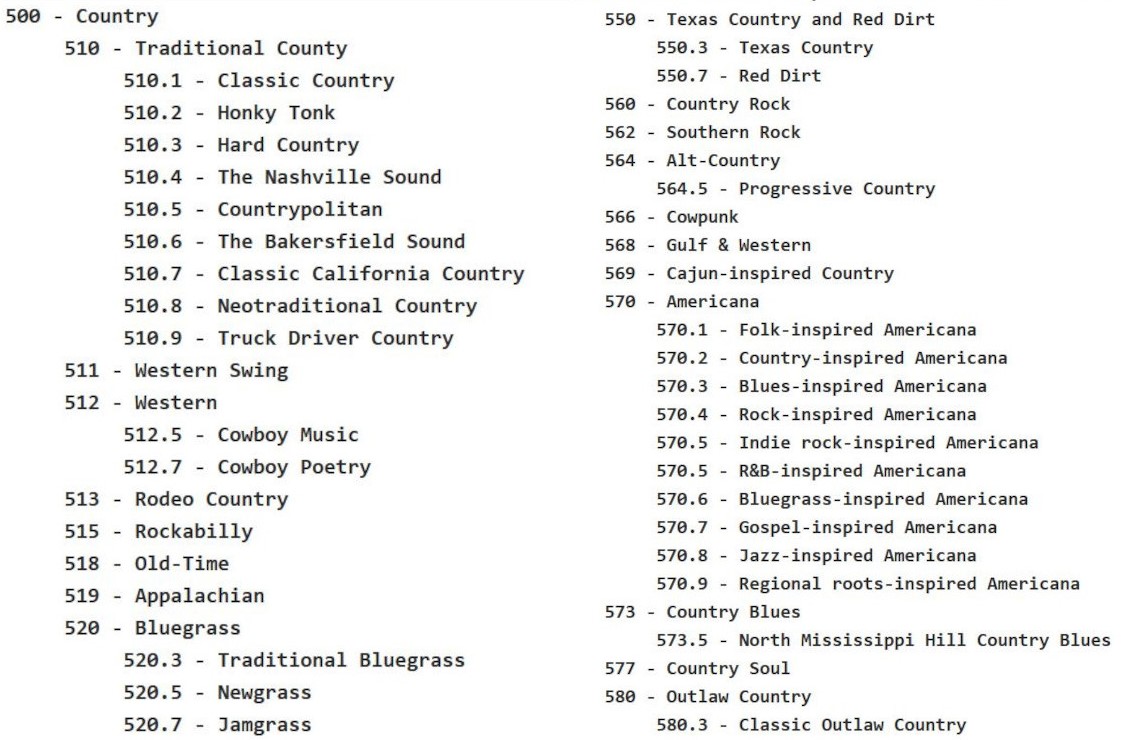Before getting to posts mostly from the past week, a link from earlier in April, followed by a story from 2020.
The timing for “Have We Hunted the Beer Whale to Extinction?” could have been better, since Russian River Brewing is one of the breweries mentioned at the outset. The story April 17, not long after Russian River wrapped up the annual 14-day Pliny the Younger celebration. Here’s a typical daily report from Instagram:
“Day 7 Pliny the Younger has been another incredible day with a big turnout at both breweries and mostly nice weather! Wait times holding steady at 3-4 hours in Windsor and 2.5-3 hours in Santa Rosa. Running out of bottles most nights and sometimes draft, too!”
Yes, things have changed since 2017 or 2020, but it seems people — hunting something other than whales — will still wait in line for an experience . . . and the line may be part of the experience.
Speaking of which, the Punch story begins describing a line at Other Half Brewing on Feb. 8, 2020, about six weeks before taprooms across New York City shutdown at the start of the pandemic. That was the day after, as reported by the New York Post, a “craft beer hater” and White Claw lover had pulled a gun on “hop hipsters” standing in that same line.
“The guy was telling us we were a bunch of idiots waiting online for beer.”
Related, it would seem, there is this: David Bailey’s cartoon at Pellicle.
~~~~~~~~~~~~~~~~~~~~~~~~~~~~~~~~~~~~~~~~~~~

On Thursday, Alan McLeod pointed to dispatches from the Craft Brewers Conference in Las Vegas (that’s Sphere above, the best thing about being in that soul-less city, other than the conference). So start there and also listen to the VinePair podcast, “Is Craft Beer’s Optimistic Tone Defensible or Delusional?”
I spent most of my time in the trade show, which included 750 vendors, primarily talking to people in the hops business. Of course, those on hand to talk about products new or old are duty bound to sound enthusiastic. But many were honest about how supply and demand are out of balance. For instance, “It’s not that we are doing a booming business, but we’re not losing business.”
In aggregate, Brewers Association members sold less beer in 2023 than 2022, but 44 percent sold more beer. Many others sold about the same amount of beer. Some breweries have business plans that don’t require ongoing growth. One size does not fit all. And sometimes is is realistic to be optimistic.
Twenty years ago, I wrote a story for The New Brewer about what brewers could learn from of “Trading Up: The New American Luxury” by Michael Silverstein and Neil Fiske. One of the premises of the book is that consumer spending is polarizing. In order to trade up in a category she really cares about, an avid cyclists might save money by trading down in some that don’t matter to her — such as her brand of toothpaste or beer. The authors labeled such consumers “rocketers.”
I asked Silverstein how brewers, as a group, could identify and group of rocketers and tap into their interests.
“In my opinion, it has never worked where an industry has banded together to make a premium product work,” he said (my emphasis). “Usually, it is an inventors or two with drive, energy, charisma, dedicated followers, who make it happen in a big where. That’s where you see the excitement and energy.”
Perhaps that answer provides perspective.
LEDE OF THE WEEK
“What is the distance between the scent of a rose and the odour of camphor? Are floral smells perpendicular to smoky ones? Is the geometry of ‘odour space’ Euclidean, following the rules about lines, shapes and angles that decorate countless high-school chalkboards? To many, these will seem like either unserious questions or, less charitably, meaningless ones. Geometry is logic made visible, after all; the business of drawing unassailable conclusions from clearly stated axioms. And odour is, let’s be honest, a bit too vague and vaporous for any of that. The folksy idea of smell as the blunted and structureless sense is at least as old as Plato, and I have to confess that, even as an olfactory researcher, I sometimes feel like I’m studying the Pluto of the sensory systems – a shadowy, out-there iceball on a weird orbit.”
— From “How to Make a Map of Smell”
QUOTE OF THE WEEK
“The marketplace has pretty unanimously decided that it doesn’t need more variety.”
— Zack Kinney, a founder of Kings County Brewers Collective (KCBC), in “The New Economics of Craft Beer”
COUNTERPOINT
I agree when Jeff Alworth states that writing books is no way to making a living. I would not be comfortably retired if I relied on book writing income. However, it took only a week until a post at Slate, appropriately titled, “Yes, People Still Buy Books,” enumerated what a viral Substack post, “No one buys books,” got wrong.
YOU MIGHT ALSO ENJOY
– How a Beer Baron’s House Became a Dynamic Washington, D.C., Museum.
– The danger of being a quite good brewery.
– Long Live the Sorcery — Brujos Brewing.
– Will the real Olympia Brewing Co. whistle please stand up?
– Beer as cars.
– Gayle Benson’s New Orleans brewing dream fades as Faubourg plant goes up for auction.
ALWAYS FOR PLEASURE
The post that made me smile the most while the lights were turned off here.
I’m the Draft List at This Brewery and No, You Can’t Have a Light Beer
“Sure, we made a ‘normal’ IPA once. But then we were like, why make a beer that’s enjoyable to drink when we could make a beer that’s not? So now we’re brewin’ with the craziest shit, dude, for real. I’m talkin’ ice cream sandwiches, In-N-Out cheeseburgers, grandma’s rigatoni. If it sounds like a mistake, we’re brewin’ it and we’re callin’ it something like, ‘I Bet You’ve Never Seen a Penguin Drive a Sportscar.'”


